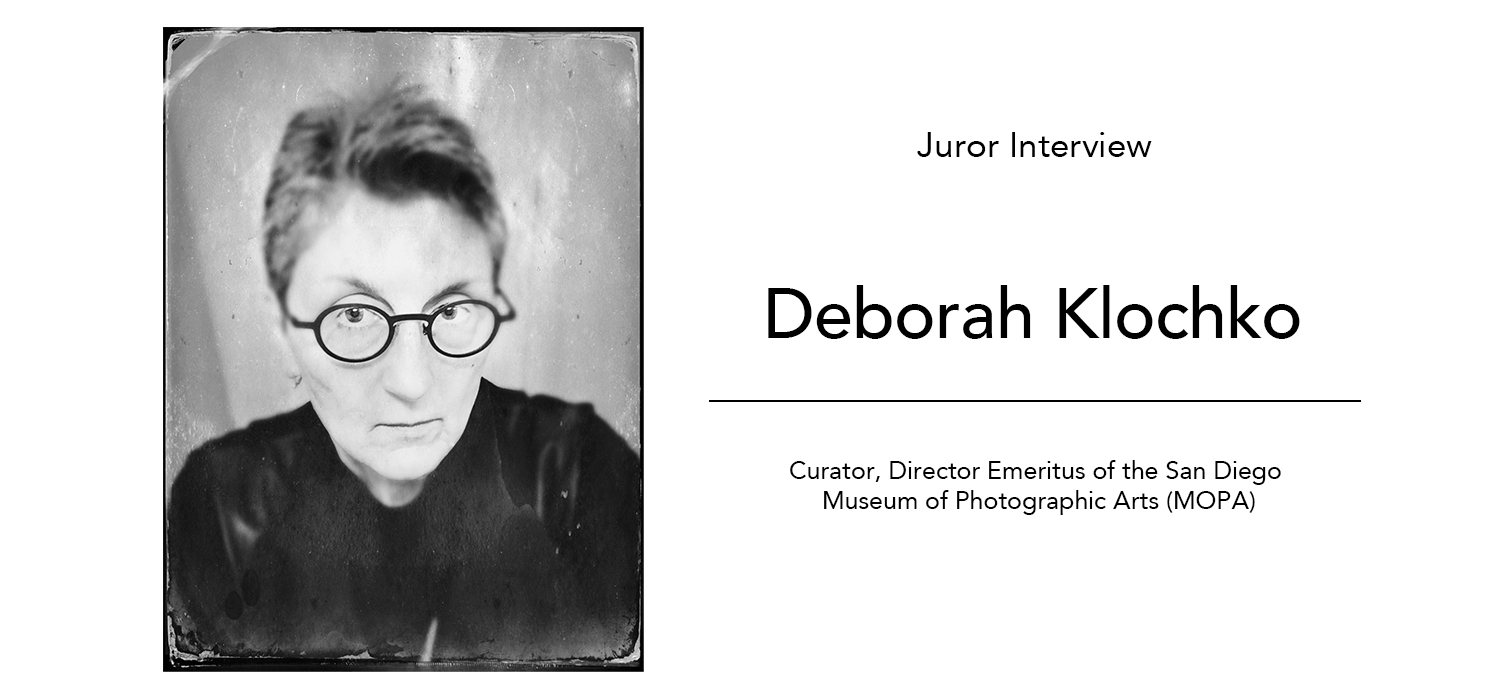Interview|Deborah Klochko
As part of the international collotype competition HARIBAN AWARD 2025, we interviewed juror Deborah Klochko.
She served as the Lawrence S. Friedman Executive Director and Chief Curator of the Museum of Photographic Arts from 2006. Before that, she was a longtime curator of photography at the Library of Congress in Washington, D.C., as well as at numerous photographic centres and museums.
We asked her about the power and role of the photographic medium as she has experienced it over her more than 40 years as an educator, director, and curator. We also discussed the future of photography—now so integral to our lives—and the value of preserving photographs in print in an era dominated by digital media.
Please tell us, what made you decide to get involved in work related to photography? Do you have any memories of curating your first exhibition?
Deborah Klochko (DK): My passion in life has always been photography. I had cameras as a child and loved looking through the viewfinder at the world around me. It was through my graduate work in photography that I became involved with museums and discovered that teaching and curating within the museum context was very fulfilling. I have curated over 35 exhibitions, and each one was special and exciting to me.
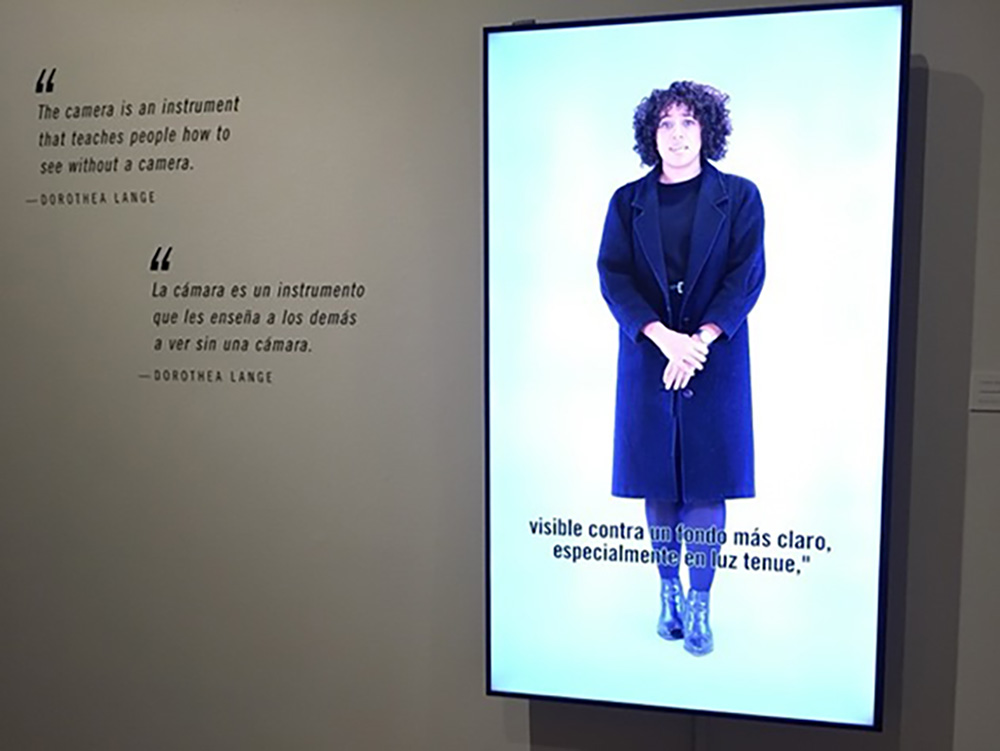
©Deborah Klochko
Since then, you have worked for a long time as a curator in the photographic departments of the Library of Congress, as well as at numerous photographic centres and museums. In that time, you must have been confronted with many precious works of art, but were there any particularly memorable moments or maybe moments that made you happy?
DK: Luckily, there have been so many memorable moments over the years. What is so wonderful about photography is that it is such a broad medium. From its invention to the vast array of contemporary work, I am happy that I can engage with the work and to meet the artists. Holding a daguerreotype, admiring the process, and guessing about the life of the subject in the image is an exciting experience. Equally exciting is seeing new work that challenges how I might think about the medium in new and different ways.
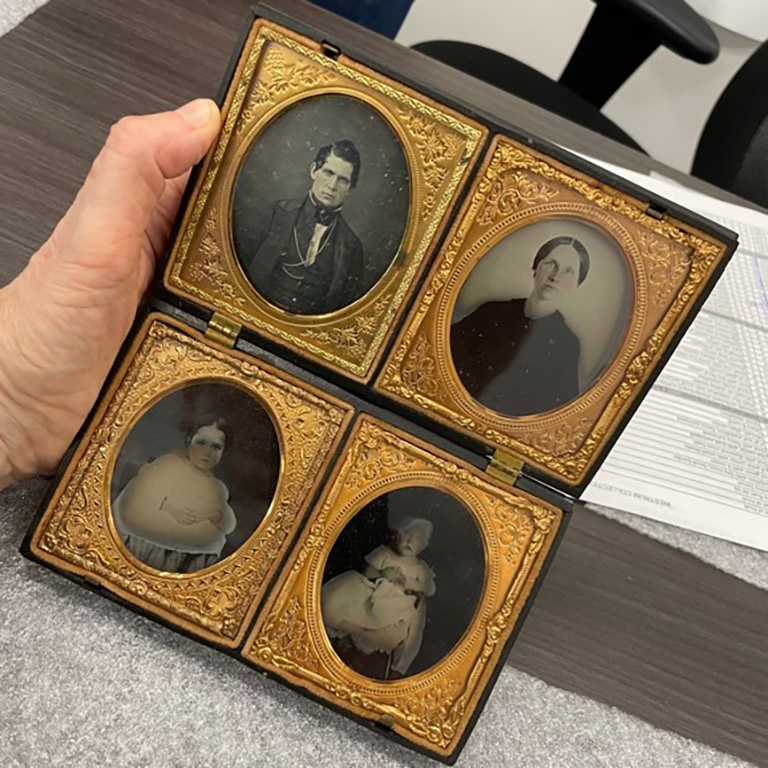
©Deborah Klochko
Is there a specific aspect of exhibition planning that you focus on, or a unique approach you take to presenting the work? Also, although photography is now a familiar medium for many people, the photographer’s intentions and the background of the image can be diverse and sometimes not fully conveyed to the viewer. Could you tell us if you have a way to make the intention of the artist clearer to the viewer?
DK: This is a very big question. I approach each exhibition as a learning opportunity for the public and myself. If it is a one-person exhibition, how can I best help the viewer enter into the work and the mind of the artist? For both group shows and individual artist exhibitions, I look at each as a story to be told. The order in which images are hung in the gallery space is very important. Like a visual narrative, I want viewers to discover the story as they move through the exhibition. Wall text is important; it needs to be short and concise. Every exhibition I curate includes quotes on the walls. This helps give a broader context for audiences to think about the work they are seeing. Additionally, I introduced more technology to enhance the visitor experience―videos of the artists talking about their work in the exhibition, interactive touch screens to learn about processes, and objects that help create connections with the history of the medium.
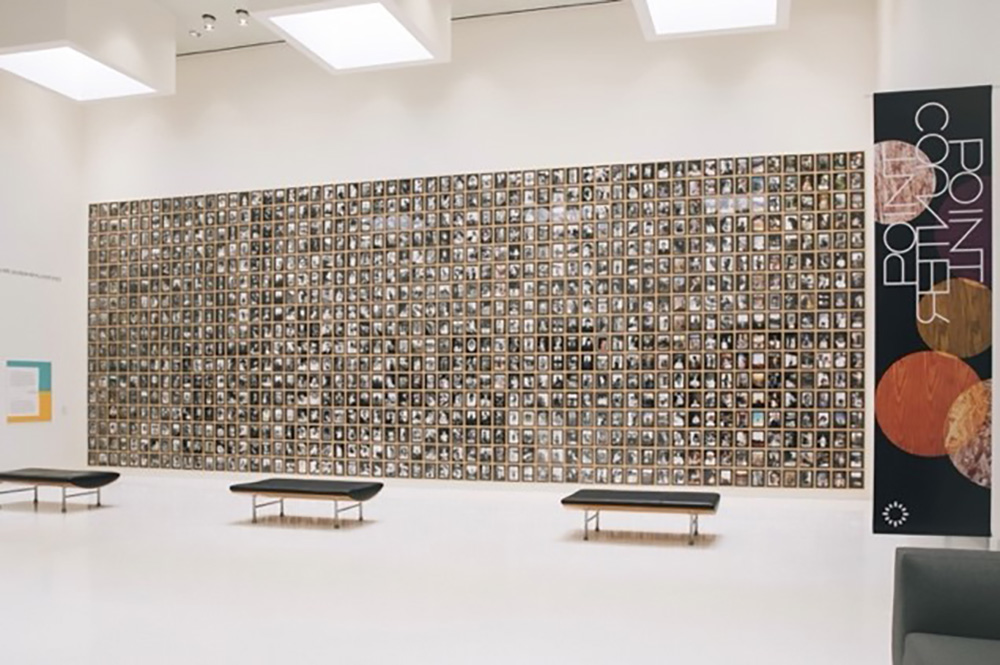
©Deborah Klochko
What do you think about the real power and role of the medium of photography as experienced in your 40-year career as an educator, director, and curator? What are your expectations and concerns about how photography, which has become so integral to our lives, will continue to be a medium in the future?
DK: Photography as we know it is in a transformative moment―the technologies are undergoing many changes. Photography itself is the central subject in contemporary art, which is at the forefront of the art world today. Now is the time to explore new directions. This is a time of transition in photography―there is a new future emerging that is about the transmission and interpretation of images, the merging of art and science, and a hybridization of technologies, which informs the creation of photographs.
Today, photographic images can be taken, stored, and shared instantly across the world. This versatility presents exciting opportunities to connect globally. It continues to be the major means of communicating across cultures, languages, borders, and generations.
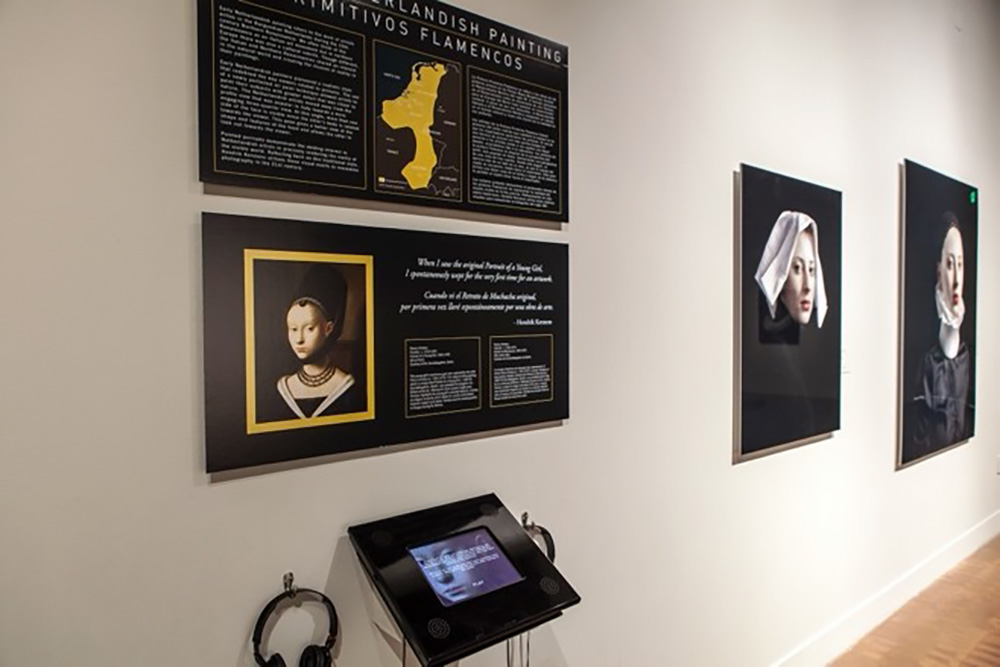
©Deborah Klochko
What are your thoughts on the meaning and value of keeping photographs in print or printed form in an era dominated by digital media?
DK: It is more important than ever to have the actual photograph, whether it is an analogue or digital print. Digital media is great for storage and transmission of images, but the authentic print tells us so much more―size, process, paper, and craftsmanship are all part of the experience of engaging with the work. These are aspects of photographic images that are not adequately conveyed on the computer.
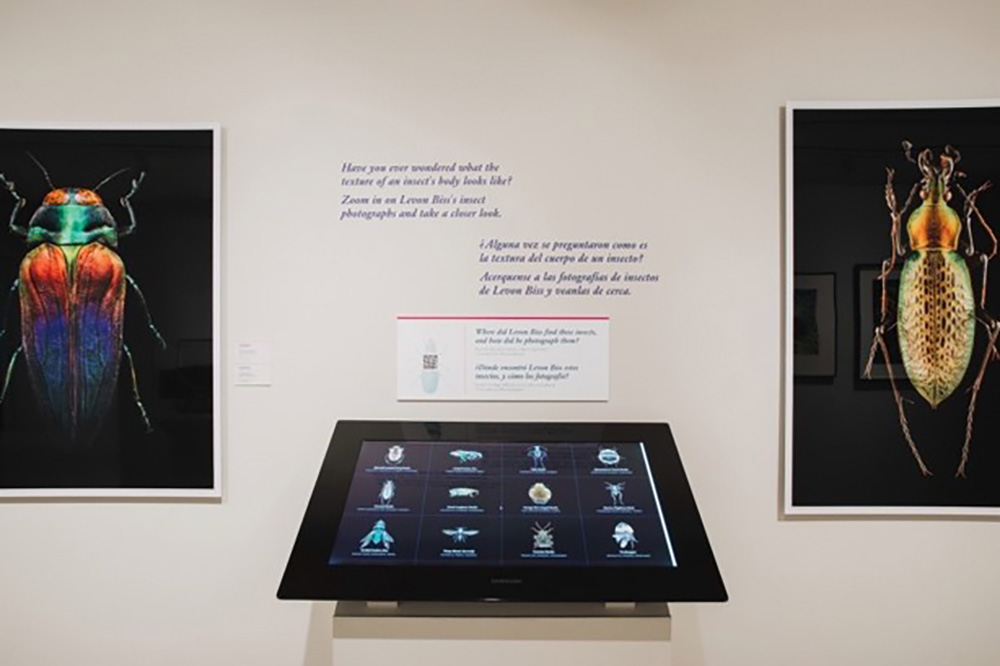
©Deborah Klochko
What is your message to those considering applying for the HARIBAN AWARD 2025?
DK: The Hariban Award is a major opportunity for artists. It is an honor to be selected for this award because it means the work is exciting, original, and well crafted. Just as Benrido, which was founded in 1887, represents the finest quality in printing using the Collotype process, the winning artists will be able to experience a new way of printing their work.
Deborah Klochko
Curator, Director Emeritus of the San Diego Museum of Photographic Arts (MOPA)
Deborah Klochko was the Lawrence S. Friedman Executive Director and Chief Curator of the San Diego Museum of Photographic Arts from 2006-2023. She has over 40 years of experience as an educator, director, and curator. She has curated over 35 exhibitions throughout her career, and she was also the executive editor of “See”, an award-winning journal of visual culture. Most recently, Klochko curated the traveling exhibition “Moment in Time: A Collection of Photographs” for Bank of America, “The Time Between: The Sequences of Minor White”, “Encounters: Photographs by Jed Fielding”, “Storyteller: Work by Holly Roberts”, and “Picture This: Recent Acquisitions”.
HARIBAN AWARD 2025 の審査員、キュレーターとして長年写真に携わってこられたデボラ・クロチコさんにインタビューをおこないました。
写真に携わるようになったきっかけを教えてください。初めて展覧会をキュレーションした時の思い出はありますか?
私の人生の情熱は常に写真にあります。子供の頃から、カメラを持ってファインダー越しに周りの世界を眺めるのが大好きでした。大学院で写真を専攻したことがきっかけで美術館と関わるようになり、美術館の文脈の中で教育や展示企画を行うことが、とても充実したものであることを知りました。これまで35以上の展覧会をキュレーションしてきましたが、どの展覧会も私にとって特別でエキサイティングなものでした。

©Deborah Klochko
その後、米国議会図書館の写真部門をはじめ、多くの写真センターや美術館で学芸員として長く働いてこられましたね。その間、多くの貴重な作品と向き合ってこられたと思いますが、特に印象に残っている瞬間や嬉しかった瞬間はありますか?
幸運なことに、長年にわたり、たくさんの思い出深い瞬間がありました。写真の素晴らしいところは、その幅広い表現方法にあります。その発明から現代作品の幅広い範囲まで、作品に触れ、アーティストの方々と出会えることを嬉しく思います。ダゲレオタイプを手に持ち、そのプロセスに感銘を受け、写真の中の被写体の人生を想像するのは、刺激的な体験です。そして、写真という媒体に対する私の考え方を、これまでとは異なる視点から揺さぶるような新しい作品を見るのも、同様に刺激的です。

©Deborah Klochko
展覧会の企画で特に力を入れている点や、作品を紹介する際のユニークなアプローチはありますか?また、写真は今や多くの人にとって身近なメディアですが、撮影者の意図やイメージの背景は多様であり、時には見る人に十分に伝わらないこともあります。作者の意図を見る人にわかりやすく伝える方法があれば教えてください。
これは非常に大きな問いです。私は、それぞれの展覧会を、観客と私自身にとっての学びの機会と捉えています。個展であれば、鑑賞者が作品やアーティストの精神に入り込めるよう、どのようにサポートするのが最善でしょうか。グループ展でも個展でも、それぞれの展覧会を語るべき物語と捉えています。ギャラリー空間における作品の展示順序は非常に重要です。視覚的な物語のように、鑑賞者が展示空間を歩きながら物語を発見してほしいと思っています。壁面のテキストも重要で、短く簡潔である必要があります。私がキュレーションするすべての展覧会では、壁に引用文を掲載しています。これは、鑑賞者が作品についてより広い文脈で考えるのに役立ちます。さらに、来場者の体験を向上させるためのテクノロジーも導入しました。展示作品についてアーティストが語る動画、制作過程を学ぶためのインタラクティブなタッチスクリーン、制作媒体の歴史とのつながりを生み出すオブジェなどです。

©Deborah Klochko
教育者、ディレクター、キュレーターとしての40年のキャリアの中で経験した、写真というメディアの本当の力と役割についてどうお考えですか?また、私たちの生活に欠かせないものとなった写真が、今後どのようなメディアであり続けるのかについて、どのような期待と懸念をお持ちですか?
私たちが知る写真は、今まさに変革の時を迎えています。技術は大きく変化しています。写真そのものは、現代美術の中心的なテーマであり、今日のアート界の最前線に立っています。
今こそ、新たな方向性を模索すべき時です。写真にとって今こそ過渡期であり、画像の伝達と解釈、芸術と科学の融合、そして写真創作に影響を与える技術のハイブリッド化といった、新たな未来が到来しつつあります。
今日、写真は世界中で撮影、保存、そして瞬時に共有することができます。この汎用性は、グローバルにつながる刺激的な機会を生み出しています。写真は、文化、言語、国境、世代を超えたコミュニケーションの主要な手段であり続けています。

©Deborah Klochko
デジタルメディアが主流の時代に、写真をプリントや印刷物として残す意味や価値についてどうお考えですか?
アナログプリントであれデジタルプリントであれ、実物の写真を持つことはこれまで以上に重要です。デジタルメディアは画像の保存や伝送に優れていますが、本物のプリントははるかに多くのことを伝えてくれます。サイズ、プロセス、紙、そして職人技。これらはすべて、作品に触れる体験の一部です。これらは、コンピューターでは十分に伝えられない写真画像の側面です。


